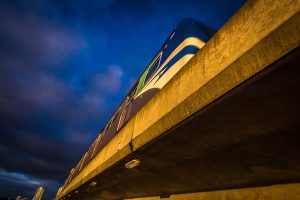Premier John Horgan has released Stronger BC for Everyone: BC’s Economic Recovery Plan, which is his government’s roadmap to spur economic recovery after being hit hard by the COVID-19 pandemic.
Here are some of the steps the province plans to make around training, infrastructure and business assistance that could apply to the construction sector:
- Increase skills training and education programs in Indigenous communities by $15 million to help more Indigenous people upgrade their skills and access new employment opportunities.
- Fund short-term training to allow up to 2,800 people to get the skills they need to work in high-demand fields.
- Spur the creation of high-paying, clean-tech jobs with a new Centre for Innovation and Clean Energy.
- Encouraging businesses to hire more workers by offering a 15 per cent tax credit on eligible new payroll.
- Offering a temporary PST rebate on select machinery and equipment.
- Deferring the scheduled increase to the carbon tax to April 1, 2021.
- Earmark over $1 billion in provincial and federal investments for public transit.
- Invest $19 million to support small communities to help them build and diversify their tourism infrastructure.
- Helping municipal-level governments speed up development application approvals.
- Build and improve infrastructure including roads, bridges and walkways; enhance regional ports; and upgrade parks.
- Help reduce air pollution by supporting the transition from fossil fuels to hydro-electric power.
- Increase the food supply system by investing in new, local processing facilities and supporting new farmers with business coaching and access to capital for equipment and infrastructure.
- Supporting innovative building materials and technologies by piloting a program that gives better access to affordable home energy efficiency upgrades.
- reduce pollution with lower emission medium- and heavy-duty trucking and industrial transportation, and active transportation infrastructure.
The plan was created by connecting with nearly 50,000 residents in every region of the province to gather their ideas and priorities. The province also organized a series of meetings with business, labour and Indigenous groups, economists, youth, green technology experts and others.
Follow the author on Twitter @RussellReports.











Recent Comments
comments for this post are closed